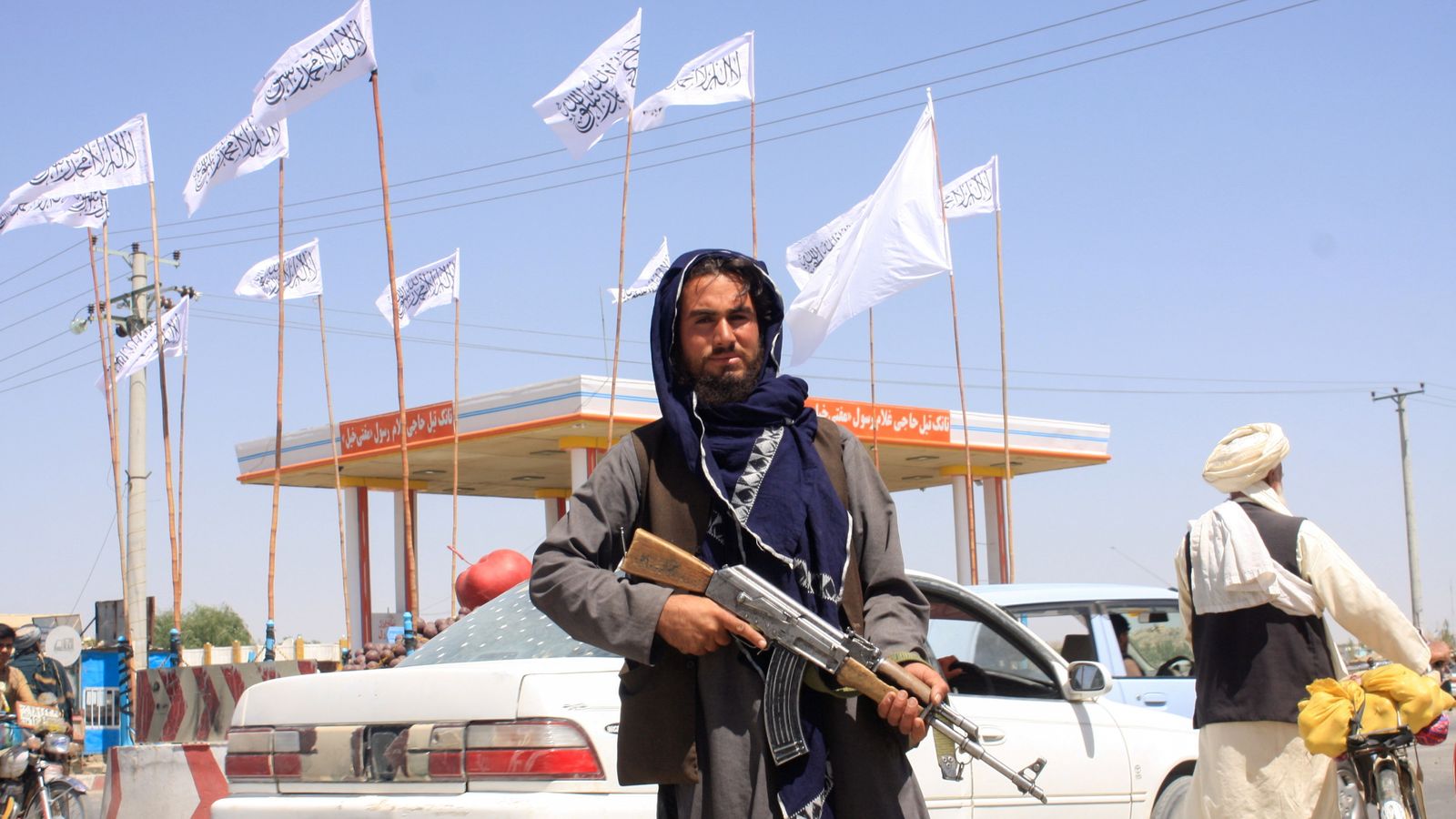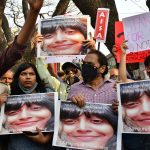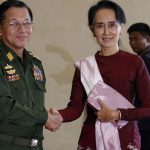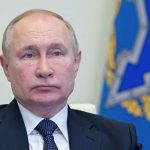Taliban militants have entered Afghanistan’s capital of Kabul and forced the United States to evacuate diplomats from its embassy by helicopter.
The hardline Islamist group has surged through the country following the withdrawal of US forces from Afghanistan, with military outposts, towns and major cities falling under their control.
Now, a government minister has said power will be handed over to an interim administration.
Sky News looks at who the Taliban are, how they have come to power and what they want for Afghanistan.
Who are the Taliban?
The Taliban, which means “students” in the Pashto language, have been waging an insurgency against the Western-backed government in Kabul since they were ousted from power in 2001.
The group was formed by “mujahideen” fighters who fought Soviet forces in the 1980s with the backing of the CIA.
What is the group’s history in Afghanistan?
Emerging in 1994 as one of several factions fighting a civil war, the Taliban gained control of much of the country by 1996 and imposed its own strict version of Sharia, or Islamic law.
Please use Chrome browser for a more accessible video player
The group has been accused of brutally enforcing Sharia, with public executions for those convicted of murder or adultery and amputation for those found guilty of theft. Men had to grow their beards and women had to wear the burka, which covers their whole body.
But after sheltering Osama bin Laden and key al Qaeda figures in the wake of the 11 September 2001 attacks on the World Trade Center, the Taliban would fall after a US-led military coalition launched an offensive on 7 October 2001.
Despite being ousted from power, the Taliban would continue a guerilla war against the Western-backed governments and US-led forces in the country.
What happened to the US-Taliban peace talks?
The Taliban entered into talks with the US in 2018 and struck a peace deal in February 2020 which committed the US to withdraw its troops while preventing the Taliban from attacking US forces.
However, the Taliban have continued to kill Afghan security forces and civilians.
What do they want for Afghanistan?
Please use Chrome browser for a more accessible video player
The fundamentalist group wishes to restore Sharia to Afghanistan and those unable to leave the country will have to adapt to a way of life they have not seen in two decades.
When they last ruled Afghanistan from 1996 to 2001, women could not work, girls were not allowed to attend school and women had to cover their face and be accompanied by a male relative if they wanted to venture out of their homes. Music, TV and cinema were banned.
The group has said it will end mixed-gender education and return Islamic law to a central place in society.
During talks over a political settlement in recent years, Taliban leaders made assurances to the West that women would enjoy equal rights in accordance with what was granted by Islam, including the ability to work and be educated.
Earlier this year, the Taliban said it wanted a “genuine Islamic system” that would make provisions for women’s and minority rights, in line with cultural traditions and religious rules.
But earlier this month, fighters from the group walked into the offices of a bank in Kandahar and ordered nine women working there to leave.
The gunmen escorted them to their homes and told them not to return to their jobs. Instead, they explained that male relatives could take their place, according to three of the women involved and the bank’s manager.
The incident is an early sign that some of the rights won by Afghan women over the 20 years since the hardline movement was toppled could be reversed.
How are the Taliban funded?
The group are able to raise funds through several sources, including the opium and drugs trade.
In areas they control they have taxed farms and other businesses, while the group has also received funding from supporters.
Who recognises the Taliban?
Only four countries recognised the Taliban when it was in power: neighbouring Pakistan, Saudi Arabia, the United Arab Emirates and Turkemnistan.
The US and the United Nations imposed sanctions on the Taliban and most countries are unlikely to recognise the group diplomatically.
However, some countries such as China have suggested they may recognise the Taliban as a legitimate regime.
Who are the main players in the Taliban?
Haibatullah Akhundzada
Appointed the Taliban’s supreme leader after a US drone strike killed his predecessor in 2006, Haibatullah Akhundzada is widely believed to have been selected to serve as a spiritual figurehead rather than military commander.
He was instrumental in unifying the militant group after it fractured during a power struggle following the assassination of his predecessor, Akhtar Mansour, and the revelation the leadership hid the death of Taliban founder Mullah Omar for years.
Mullah Abdul Ghani Baradar
Abdul Ghani Baradar grew up in Kandahar, the birthplace of the Taliban movement, and fought as an insurgent against the Soviet occupation in the late 1970s.
He founded the Taliban alongside the one-eyed cleric Mullah Omar in the early 1990s following the Soviet withdrawal.
The mullah was arrested in Pakistan in 2010 and kept in custody until pressure from the US saw him released in 2018. He now heads the political office of the Taliban and was part of the negotiating team that signed the withdrawal agreement with the Americans.
Sirajuddin Haqqani
The son of a prominent mujahideen commander, Sirajuddin Haqqani leads the Haqqani network, a US-designated terror group that has long been considered one of the most dangerous factions fighting Afghan and US-led NATO forces.
The group is infamous for its use of suicide bombers and has been accused of assassinating top Afghan officials and holding kidnapped Western citizens for ransom.
Mullah Yaqoob
The son of Taliban founder Mullah Omar, Mullah Yaqoob oversees the group’s military operations.
He has been proposed as overall leader of the movement during its various succession battles, but Yaqoob suggested Akhundzada due to his lack of battlefield experience and age. He is believed to be in his early 30s.






















